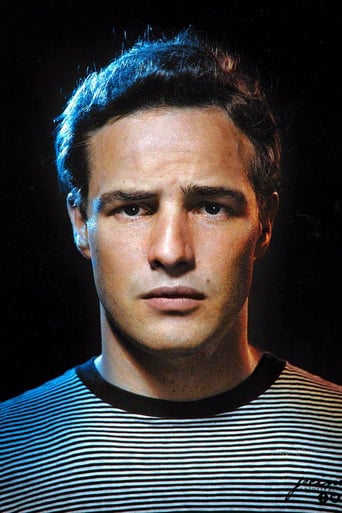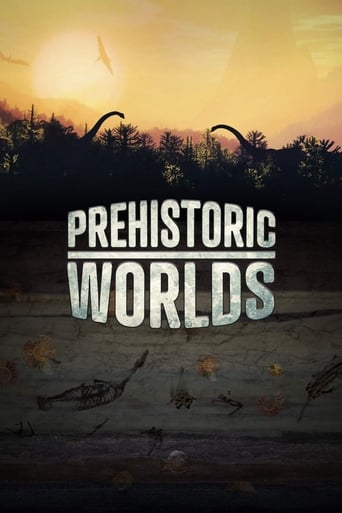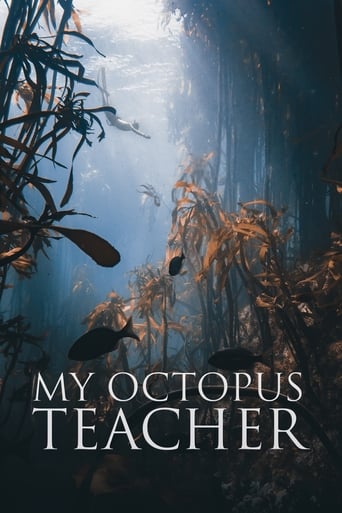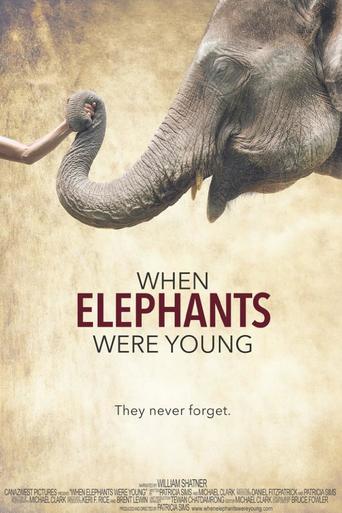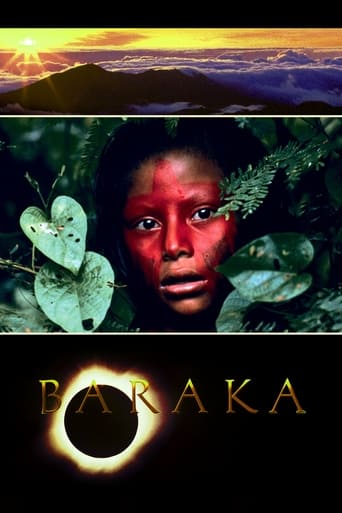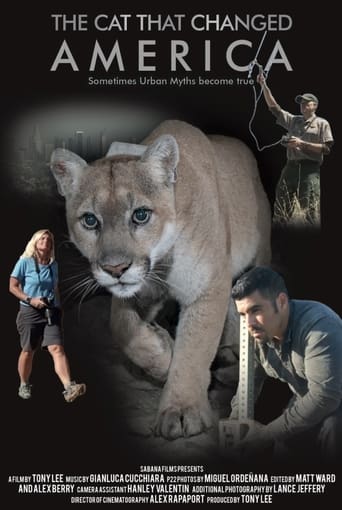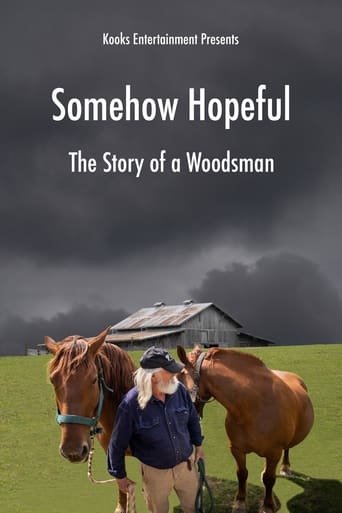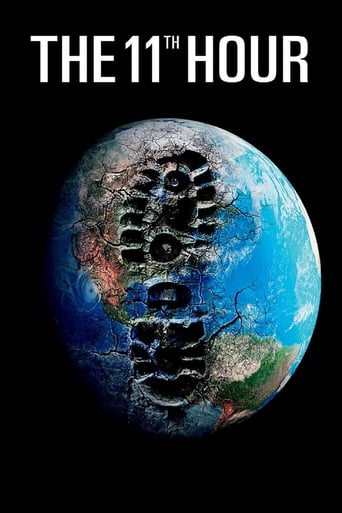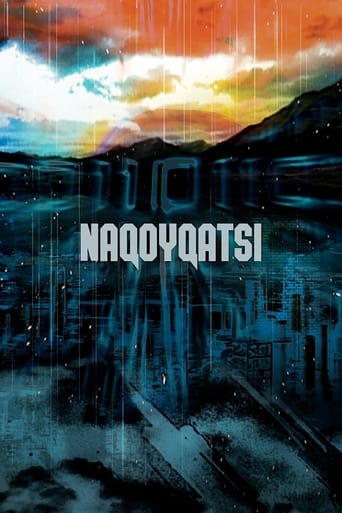

Naqoyqatsi (2002)
A visual montage portrait of our contemporary world dominated by globalized technology and violence.
Watch Trailer
Cast


Similar titles
Reviews
The film's subject is the world's profound obsession with technology, and it elaborates the theme with insight and beauty. Ideas are suggested with juxtaposition and image manipulation. Many of the connections made are profound and filled with insight, such as the way that sports are like civilized war. This is illustrated with the athletes experiencing the intensity of competitive individual sports like track and swimming within the grids, clocks, demarcations, emblems and brands of the competitive arena. There are lots and lots of moments that I found astonishing.The music is fabulous. I think the score is my favorite of the two I've seen. It provides human voices and passion, and breathes life into the very abstract visuals.There are some slow moments that aren't in Koyanasqatsi. There are long sequences of currency montages; long sequences of famous wax sculptures; tiresome animation of bits circling the globe. But be patient, the movie is a lot better than that.
After the visually beguiling beauty that is to be found in the first two parts of this trilogy Naqoyqatsi presents the viewer with a conundrum. There is little about the subject matter of this film that might be regarded as causing pleasure to be felt at the viewer. It is an unsettling film. This is a good thing. Why is it a good thing? It is good because it causes the viewer to react, even if only to make them leave the theatre or switch the video player off. If, however, the viewer persists with it, a whole new vista opens up before them that invites and initiates a meditation of a far more profound nature than perhaps has been experienced.What I've just written sounds, or rather reads like a load of complete tosh ( as in rubbish ) doesn't it? Perhaps it is, it is not for me to decide or decree what other people think, I can only hope to possibly influence people to view something differently- to look again at something familiar from a different angle.If you think of the trilogy as a triptych you begin to see that the whole thing makes sense and that the differences ( failings to some ) between the three parts are what gives it its unusual power.In the last part what you see is not the world as seen through the eyes but rather the world as felt. It is the world beyond words it, has no meaning other than the emotion that is evoked whilst viewing each images...it is beyond the confining sensibilities that words force upon something.It is a profound meditation upon the human spirit. What did you want...another bloody National Geographic Documentary?!
Following the masterpiece Koyaanisqatsi and the disappointing sequel Powaqqatsi, here we have Naqoyqatsi, "Life as War". Godfrey Reggio concludes his groundbreaking trilogy with a bang, but its a bang that leaves no echo. The film reaches levels of aesthetic perfection never dreamed of in the previous ones, but looking beyond the surface, one finds only a weak remnant of the poetry that tied together the first film and made it the masterpiece that it is. The problem is simple: both Powaqqatsi (Life in Transformation) and Naqoyqatsi (Life as War) are simply elaborations upon the theme of Koyaanisqatsi (Life out of Balance). Having squeezed this lemon for so long, there is little left, and one finds mostly pulp here. Yet the film is a masterpiece in its own right, albeit a shallow one. The Qatsi films have essentially been audio-visual feasts, and this one is so intricately polished that it soars above the previous two. While the previous two films relied on brilliant cinematography to weave there unreal realities, this one relies on digital effects and editing. Much is computer animated, and most real shots are altered with inverted negatives and colour saturation. Less credit belongs to the cinematographers than to the editors and the digital mixers. The effect of this, however, is a roller-coaster ride of earth shattering visuals, interwoven with Philip Glass' masterful score. Glass' music has always been elemental to the Qatsi trilogy, and here we have (in my opinion, being a huge Glass fan) his best work yet, not only in film, but in any medium. Working with cellist Yo-Yo Ma, Glass creates what one critic accurately defined as "the first great cello concerto of the twenty-first century." With is organ/vocal minimalism, the score of Koyaanisqatsi was an esoteric Glass masterpiece, and, as with all his music, an experiment of harmony that some may have found alienating. In Naqoyqatsi, he achieves the perfect blend of mainstream/minimalist and creates a audio experience that, while unmistakably Glass, is receptive of larger audiences. To put it simply, like the film, this is Glass' most polished score, refined and tuned to perfection, and, while less experimental than his earlier work, is more satisfying. As with the previous films, the music and the visuals are interdependent. They respond to each other and are built upon one another. Thus, this is a fantastic aesthetic experience. After finishing Naqoyqatsi, one feels as if they have just taken an acid trip around the world. The film's major flaw is that, after the dazzling effect wears off, one finds little of value concealed behind the texture. Whereas Koyaanisqatsi achieved an unbelievable poetic flow, Naqoyqatsi is disjointed. Koyaanisqatsi evolved along a single thread, from the perfection of natural processes through the human world, through the Grid of human patterns, and back to the natural processes that eventually balance all excesses. Here, there are several fragmented segments, each one with a theme and pattern, but bearing little relation to one another, and with almost no sense of flow. In Primacy of Number, we have a dazzling display of a world as a binary code, almost like a real version of the Matrix, showing how all things are reduced to ones and zeros. In Massman, there is a close look at the human form (unlike anything in the Qatsi trilogy), and a shattering look at our desire to go faster, stronger, higher, concluding with the details of human emotions that appear through body language. The chapter New World is self explanatory, and is one of two cello intervals that occur in the film (the other being Old World). Religion is the artistic highlight of the film, accompanied by one of Glass' great works, showing the religion of the modern world, with devotion to country, sports teams, celebrities, money, and the new world order. Media Weather is a dull collection of images of world figures. The climax of the film comes in the Intensive Time and Point Blank segments. The former, accompanied by a brilliant soprano vocalist and cello, shows the accelerating pace of the modern world, moving toward a dim perfection, yet unheeding of the toll it may take. Point Blank is the one chapter in "Life as War" that actually deals with conflict. It is the most brutal, and unsettling item in the Qatsi trilogy, a frenetic display of hatred and violence that exists in the modern world. Finally, the Vivid Unknown (the best cello work of the film) shows us heading towards an unseen but trusted barrier. It is primarily a poetically rich display of images of space exploration, accompanied by aerial footage of skydivers falling towards earth.
What a let down. Koyaanisqatsi was brilliant, Powaqatsi was quite good, Naqoyqatsi is the same thing all over again, without the beauty and profundity.It's not that I don't sympathise with the meaning behind the film, but bombarding me with images of dollar signs and corporate logos is using a sledgehammer to crack a nut. The majority of those who view this movie do not need to be chaperoned around these issues.The film feels structureless and jumps back and forth from one point to the next and then back again. I suppose you could argue that this reflects the chaotic nature of the films subject matter, but to me, that's just making excuses for a poorly conceived narrative.The computer graphics don't work well at all. They often feel like an excuse to show of a few fancy special effects and already look dated (Max Headroom came to mind on several oc...oc...oc...occasions.). They just don't have the beauty of a 'real' image.To add insult to injury, the film has been stretched out from a 4:3 aspect ratio to 16:9 so all of the people appear distorted. This is because the stock footage used was 4:3 and they couldn't be bothered editing it to fit into a widescreen presentation. They just stretched the lot, and when you watch the DVD it is very noticeable. It's claimed that this was a deliberate move and not a decision based on technical difficulties, but I'm not sure.Overall - I'd say watch koyaanisqatsi again - it's the only film out of the three worth repeated viewings.


